|
A selection of vintage silver-gelatin prints by John B. Turner is displayed in gallery room 1. The opening is on Saturday 13th April, 11.30am to 2pm, and the exhibition runs until 4th May, 2024. (John will not be attending the opening.) In 2019 I was involved in curating an exhibition of John's vintage photographs of Johnsonville for a display at Waitohi in Johnsonville on behalf of Photography Aotearoa. The intention was to show vintage prints from this set of photographs at Photospace during the run of 'A Walk Down Johnsonville Road'. But Covid-19 intervened, with NZ going into full lockdown and that plan had to be shelved. Until now. It's interesting, I think, to have John's vintage silver-gelatin photographs in the gallery on the wall opposite Mary Hutchinson's exhibition of recent digitally-captured and pigment-printed street photography - 'Digital' Both exhibitions run from 13th April (opening 11.30am-2pm) till 4th May, 2024. John B Turner is an editor, publisher, writer and educator in the field of photography, as well as a photographer in his own right, although he has unselfishly put most of his energy into promoting other photographers work. He was highly influential in the development of contemporary New Zealand photography from the late 1960s through to the 1980s, and, despite relocating to Beijing a decade ago, he remains closely involved in the NZ scene.
With his energy and passion, and the platforms of Elam (he was appointed as a lecturer at the University of Auckland’s Elam School of Fine Arts in 1971) and PhotoForum (an organisation he co-founded in 1973 that is still actively promoting NZ photography), he has exerted enormous influence on the early development of contemporary photography in this country. John currently lives in Beijing, China.
0 Comments
'Digital' opens on Saturday 13th April, 11.30am-2pm in gallery room 1 along with vintage photographs of Johnsonville in the 1960s by John B. Turner. Both exhibitions run till 4th May 2024. 'Digital' - Mary Hutchinson
"Human hands and feet, with their tones, textures and associated adornments, are recurring themes in my street photography. The variety of interacting gestures, skin surfaces, jewellery, body art, clothing, and objects such as bags, toys, and pets, which we carry around with us in public, have always intrigued and drawn me in. "Such detailed observation perhaps echoes my previous work as a doctor, and my lifelong passion for up-close exploration and noticing in the natural world. "Whilst photographing personal human details, I fleetingly experience moments of connectedness to my subjects; focusing in on the poignant visual stories ‘told’ by hands, feet, clothing and decoration. In these instances, I feel in some ways that my hands, holding my carried camera or phone, mirror what is going on with the hands, and even feet of my subjects, as they, like me, go about their daily journeys in the street. " I went to a show in Toyko last year. One of my friends was showing his photos. He'd made a photobook to go along with them. I liked this idea, so I determined that I would make a photobook too. I only had about a week left, then I had to return to NZ before my visa ran out. So, one day, I decided that I would take as many good photos as I could and make this into a photobook. This is that day. I was staying in a place called Nakano-Shimbashi, which is where I had my first job teaching English many years ago. I hadn't been back there in at least 10 years. The little English School, run by two Australian brothers, was in the basement of a building, round the corner from the station. I remember my first time going there, being unable to find it and asking for help at the convenience store. The girl at the convenience store walked with me round the corner into the office building where on one of the letter boxes a small sticker was placed with the name of the school 'Friends'. Now, the English School was no longer there. It had gone bankrupt soon after I left. Coming back here after all those years, my intense love for Japan came rushing back at me, full force. This day was a hot summer day, just like any other. I made my way to Shinjuku, one of the main city centres. On the way I passed gas stations, daycare centres, mechanical workshops... then gradually as I approached closer towards Shinjuku more people started appearing. I felt the closeness of my relationship with the camera. The camera became like an extension of myself. Rather than looking for anything special, it was a document of my steps and my senses. This day too, wasn't anything special. Just a hot summer day, like any other. Artist bio Pascal Harris was born in Dunedin and grew up in a family of artists. He studied music at the University of Otago and then at the Royal College of Music, London. He has played concerts as a pianist for many years and released two CDs of Schubert Impromptus and Mozart Sonatas. Harris lived in Tokyo for several years and developed an obsession with photography there. Since returning to New Zealand he has had several photography exhibitions and more recently has exhibited assemblages and sculptural work involving found objects. Currently he has an exhibition on at Gallery 85 in Whanganui 'Caring for the Lost Body', which is the result of an artist residency at the Glasgow Art Centre, Whanganui in August 2023 and January 2024. In April, Harris will have an exhibition at Tata Bookshop / Gallery in Tokyo and will also start a course in Fashion Design at Bunka Fashion College, Tokyo. Pascal's brother Felix Harris will be exhibiting recent paintings in gallery room 1, next door, opening on the same evening. (His exhibition is under our Gilberd Marriott Gallery brand, for artists working in mediums other than photography.)
|
AuthorPhotography Matters II Categories |

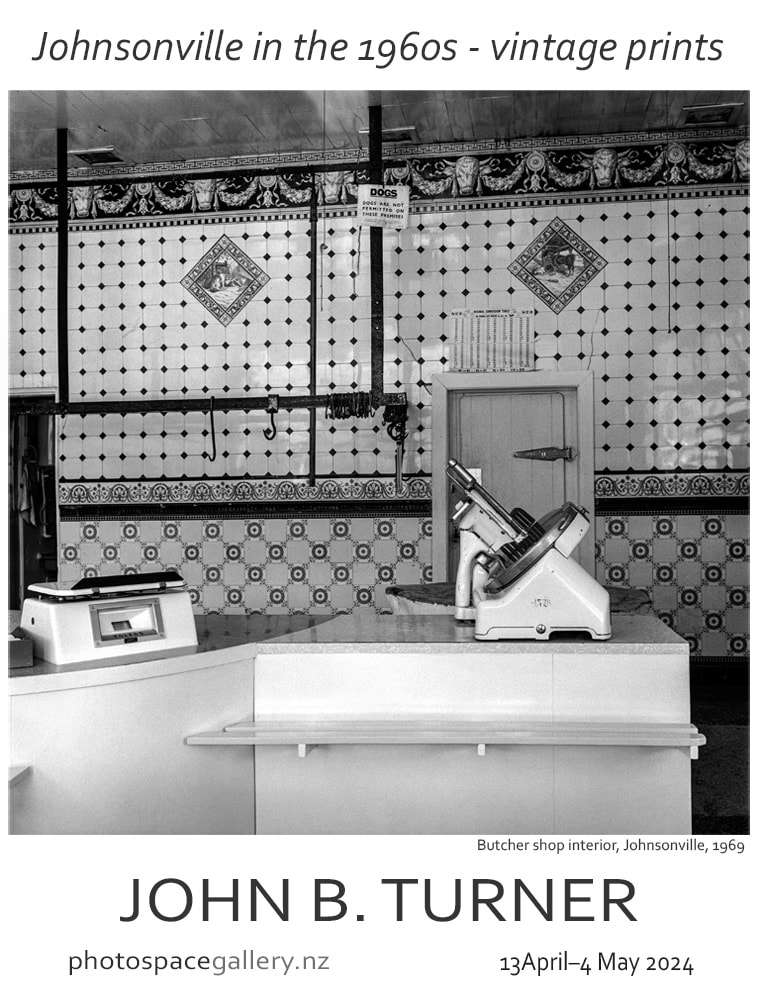
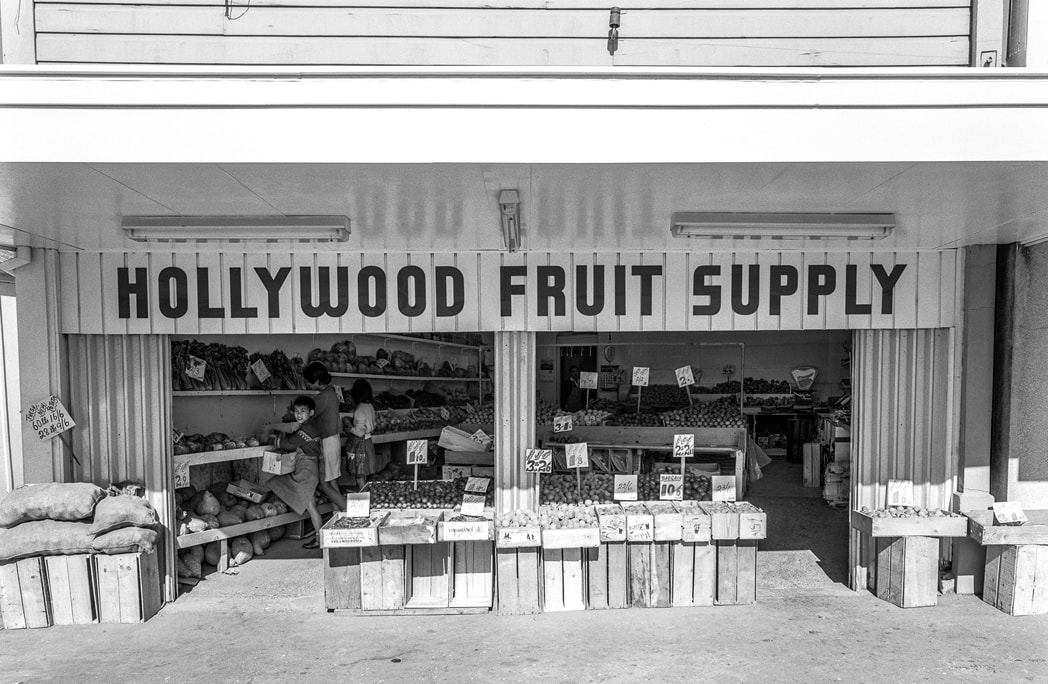
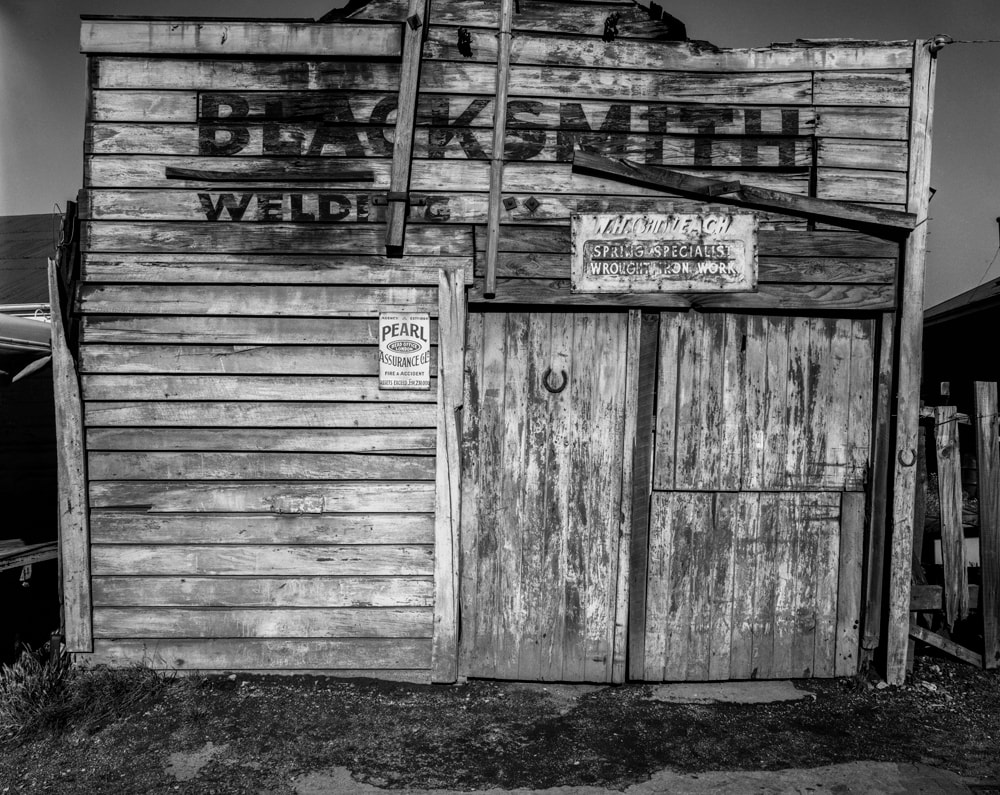
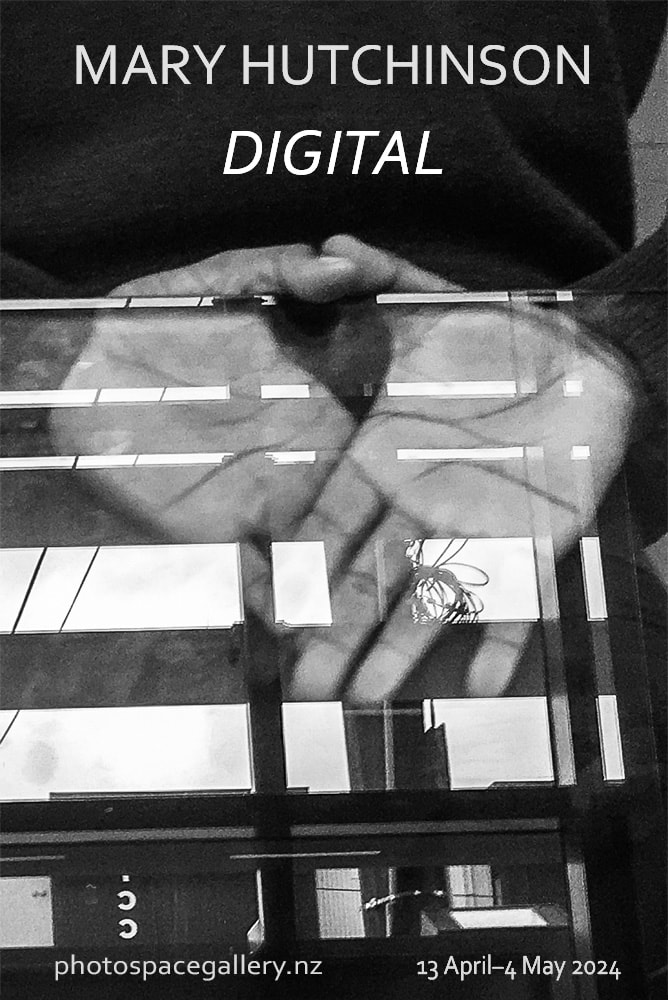
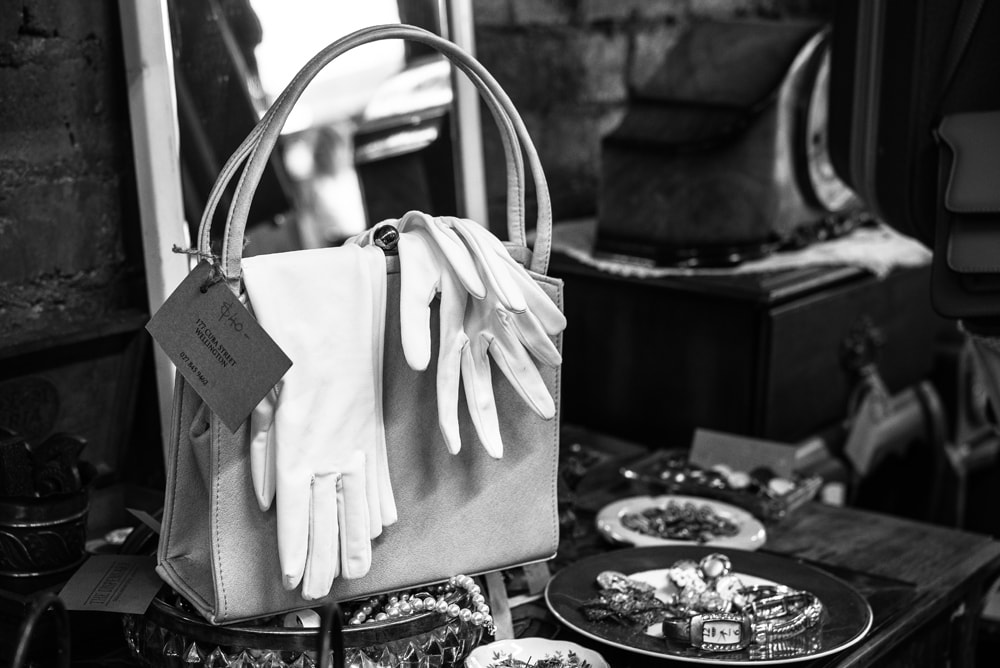
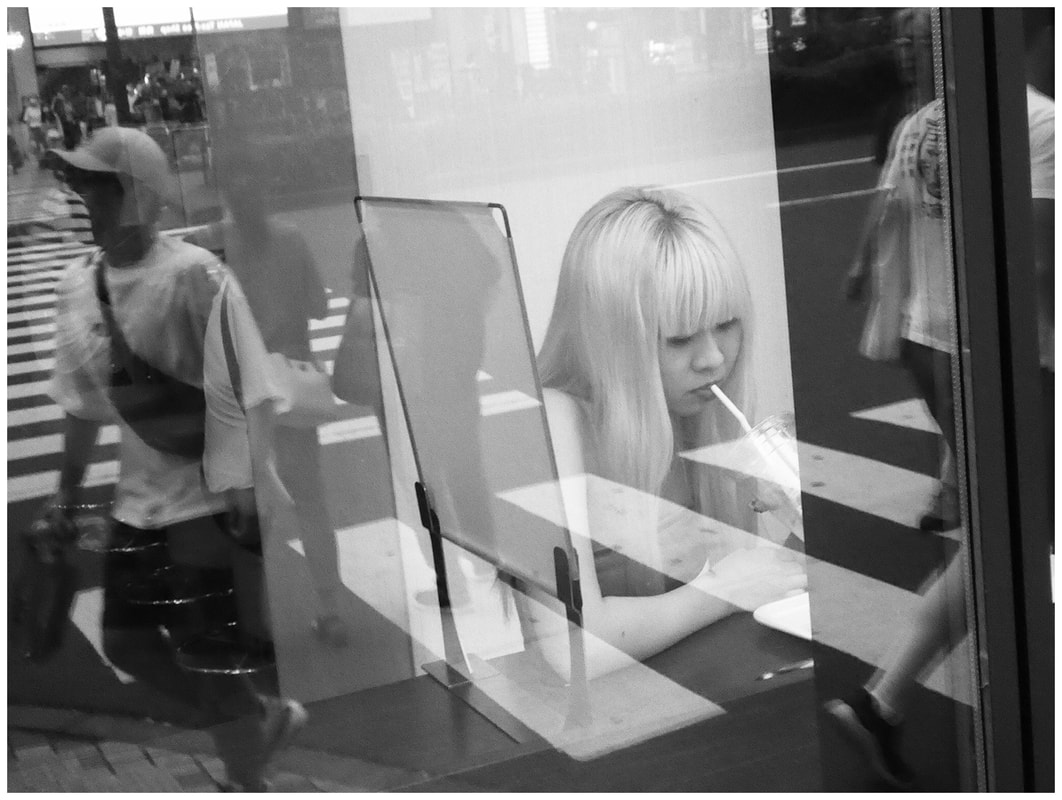
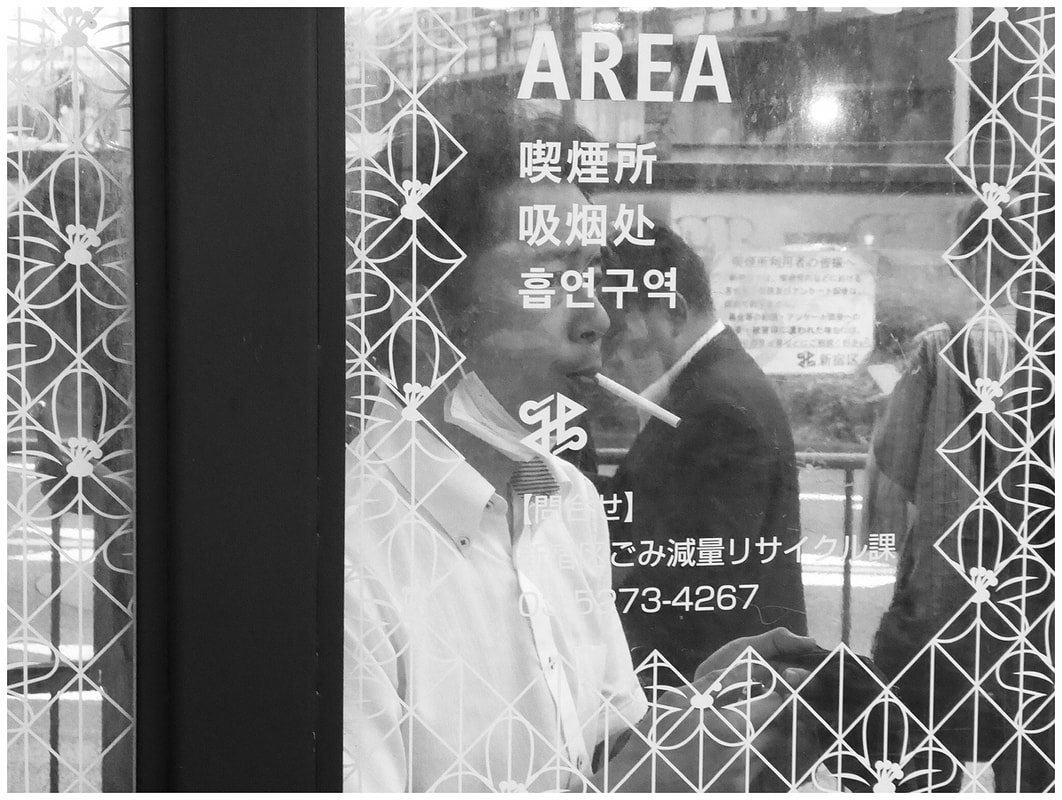

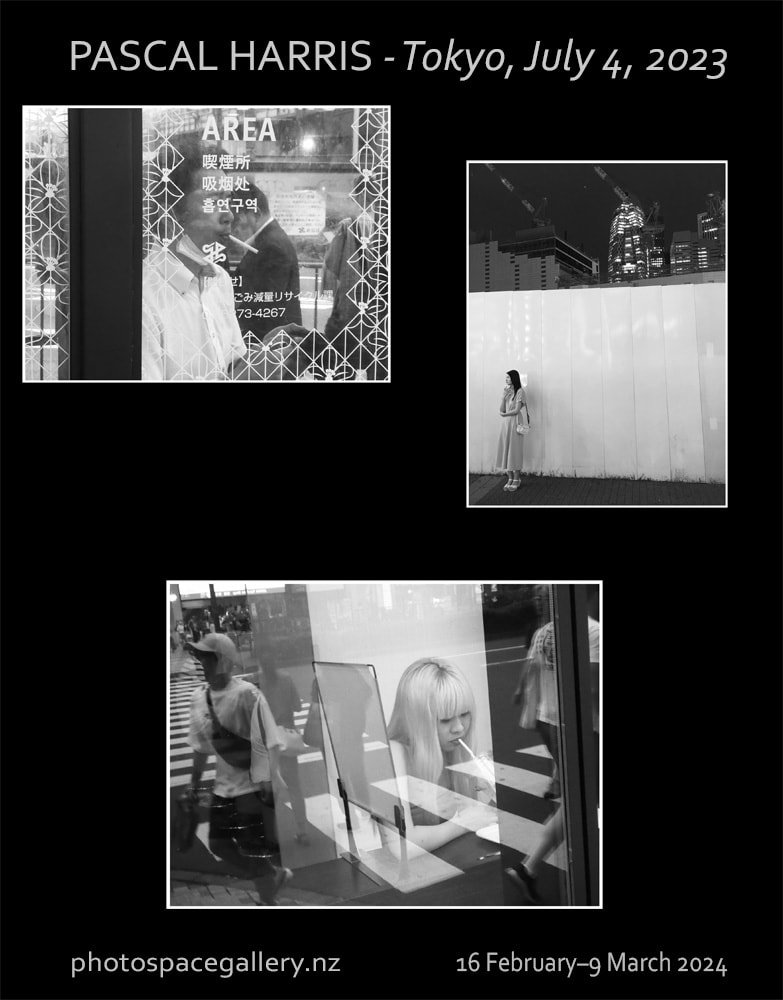
 RSS Feed
RSS Feed
